Interview: Sci-Fi Artist Esmay Wagemans On Anthropomorphism & Human Cyborgs
By Something CuratedSelf-styled sci-fi-artist, Esmay Wagemans’ mesmeric creations oscillate between hyperrealist body parts, from torsos and hands to uncannily made-up faces, finished with lipstick, blush and eye shadow, alongside experiments in transparent resin, appearing at times like hardboiled sweets spiked with shots of lurid colour. Having collaborated on special projects with KARA designer Sarah Law, and more recently, South Korean eyewear brand Gentle Monster, as well as creating unique pieces for eminent artists such as Rosalía and Solange, Wagemans impressive résumé continues to go from strength to strength. To learn more about the Dutch creative’s background, her fascination with the human form, and how she’s handling the pandemic, Something Curated spoke with Wagemans.
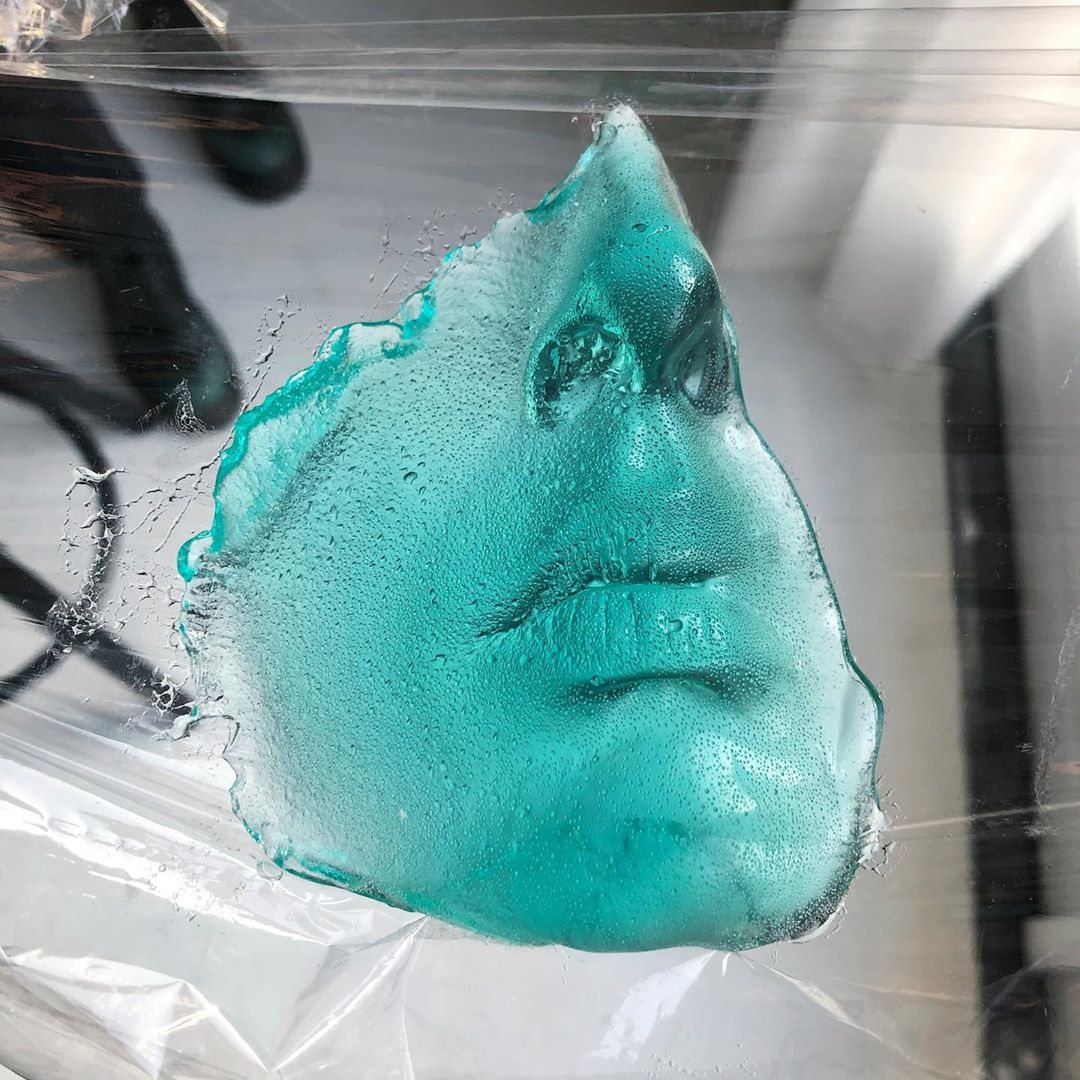
Something Curated: Can you give us some insight into your background; how did you enter this field?
Esmay Wagemans: I studied Lifestyle Transformation Design at Willem de Kooning Academy in Rotterdam, which focuses on designing concepts for future lifestyles. During this study we learned to create and visualise concepts that analyse questions, problems and challenges in society and could transform our behaviour. At the academy we had different workshops to visualise our ideas in, like metal, ceramics, wood, textiles, etc. Now I have graduated and am experiencing how hard it is to collect this expensive equipment and knowledge, I know even more that having access to these workshops can play an important role for your future direction.
Because of the workshop classes and teachers I got introduced to the basics of moldmaking and different casting materials. If I didn’t have the chance to start learning and experimenting during my academy time, I probably wouldn’t choose this field to “try out”. So you could say that my study meant a lot for my process and my early work. After graduating I tried to create the same motivational environment and invested all my time and money in a workshop, new techniques and materials.
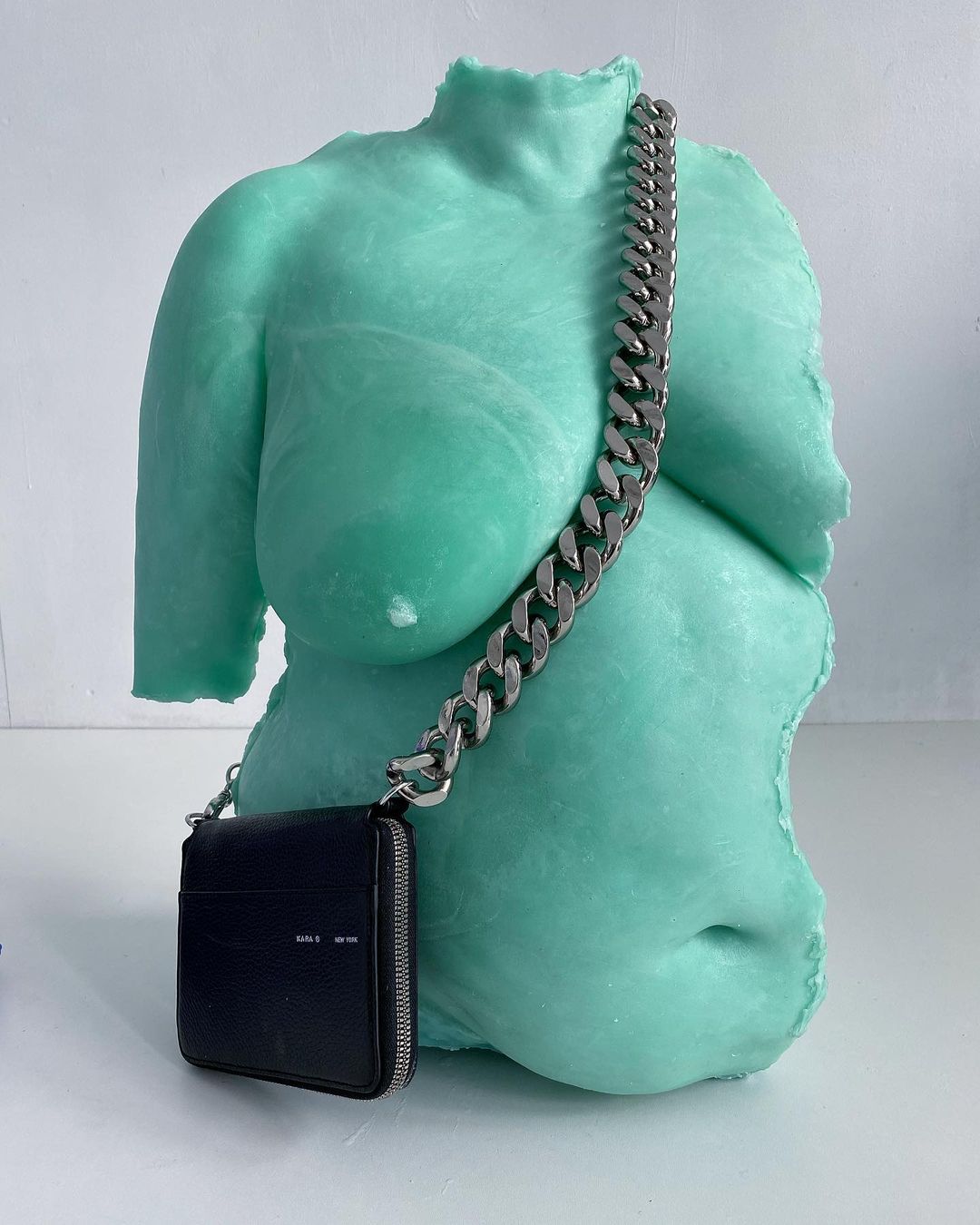
SC: What interests you in the human form and when did this fascination begin?
EW: I think what interests me most is the replica concept. The replica of our bodies and the humanising of objects. Humans have a strong affinity for their own kind and are more likely to empathise and relate with creations that look like them and are also obsessed with anthropomorphised objects or non-human creatures. I’m 100% that. The recognisable shape of the human form feels for me like the object succeeded. Maybe because only then I can relate to it. And having some of the sculptures be wearable gives it an extra layer and really completes it for me. Wearing our own shape on top of our own body. A shape that I can relate to and empathise with instead of the opposite. And I think it’s just cool too. I have always been an extremely sensitive person that used to anthropomorphise everything around me so I guess that can be the reason why it means so much to me.
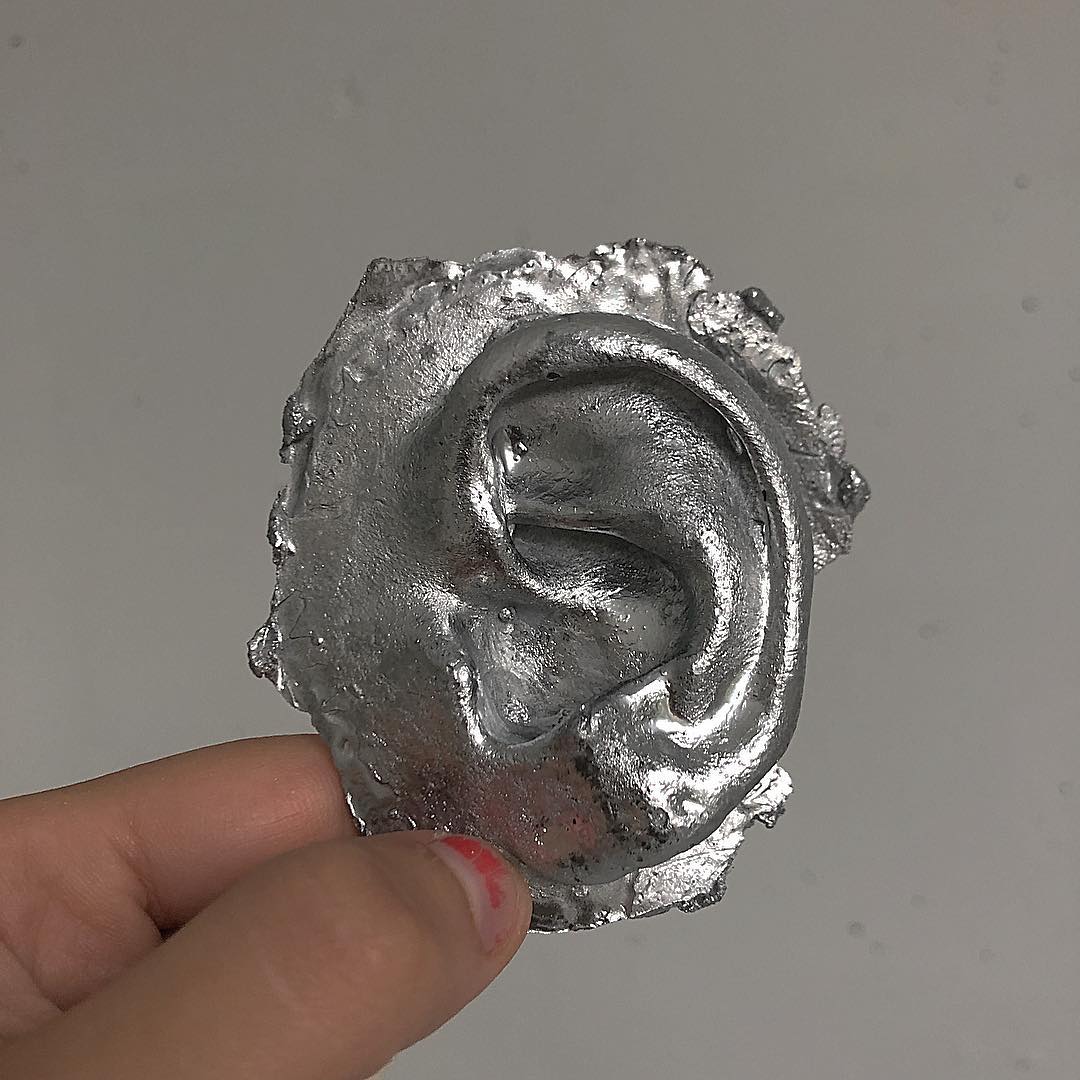
SC: Could you expand on your thinking of humanity as “a creature of social reality as well as a creature of fiction”?
EW: A creature of social reality as well as a creature of fiction is how Donna Haraway defines the cyborg in her 1985 essay “A Manifesto for Cyborgs: Science, Technology, and Socialist Feminism”. She sees the cyborg as a fictional image that embodies our social and physical reality, as well as an imaginative resource from which we can draw extremely fruitful links. To me the humans are already a cyborg since we already extended, improved upgraded our bodies with non-human objects that we depend on every day.
SC: What are you working on at present, and how has the pandemic affected your way of operating?
EW: Over the past two years I did a lot of work for clients. We usually only work with clients where I still have my creative freedom and make objects that I would normally create. And there are always new exciting projects coming my way, but I’m also looking forward to creating some projects myself that I have had in mind for quite some time. I just finished some projects with brands, so now I have some space to restart a project that I had tried to pick up already for a couple of years but couldn’t find the time for. It’s a series of faces.
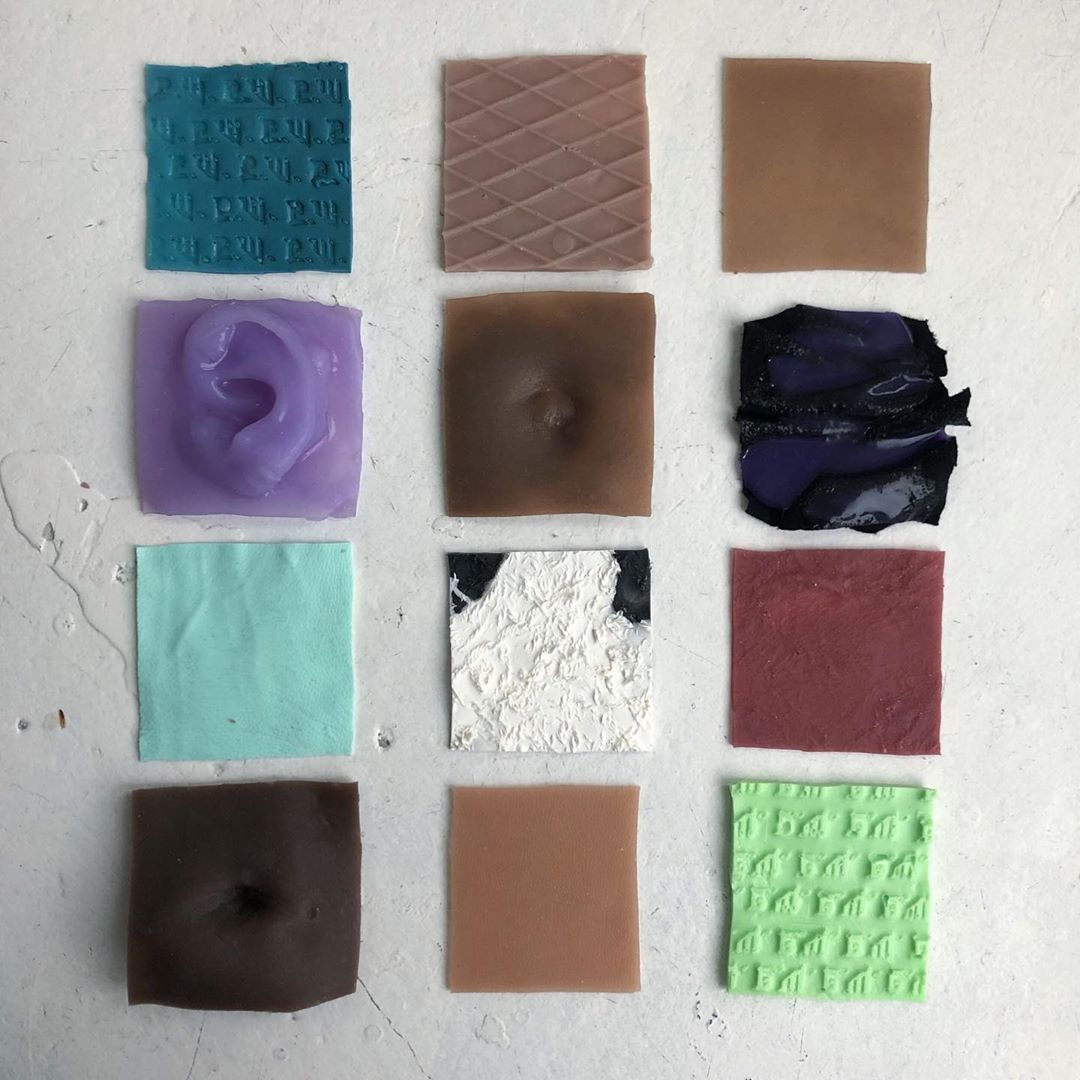
Regarding the pandemic and the way I work, a lot is actually still the same for me. I’m quite an introvert person who works most of the time in my studio enjoying the quietness, peace and serenity. Only now the people around me do it too. There of course also have been some big and exciting projects cancelled that I was really looking forward to which also made it financially very challenging. But most of all I’m glad it hasn’t affected my way of working yet and I appreciate that I have the ability to work in an independent studio.
SC: Which materials or processes are you particularly enjoying exploring currently?
EW: When I just started after graduating I preferred to work in a very experimental way and avoid usual techniques. It can be really hard to work with for example advanced mold techniques because there is almost no space left for experimental additions, free interpretations or choosing different paths. You have to think out every detail and step beforehand and you have to wait until it’s completely finished to see the result, which always felt limited to me. And the more advanced the technique, the more expensive it will be.
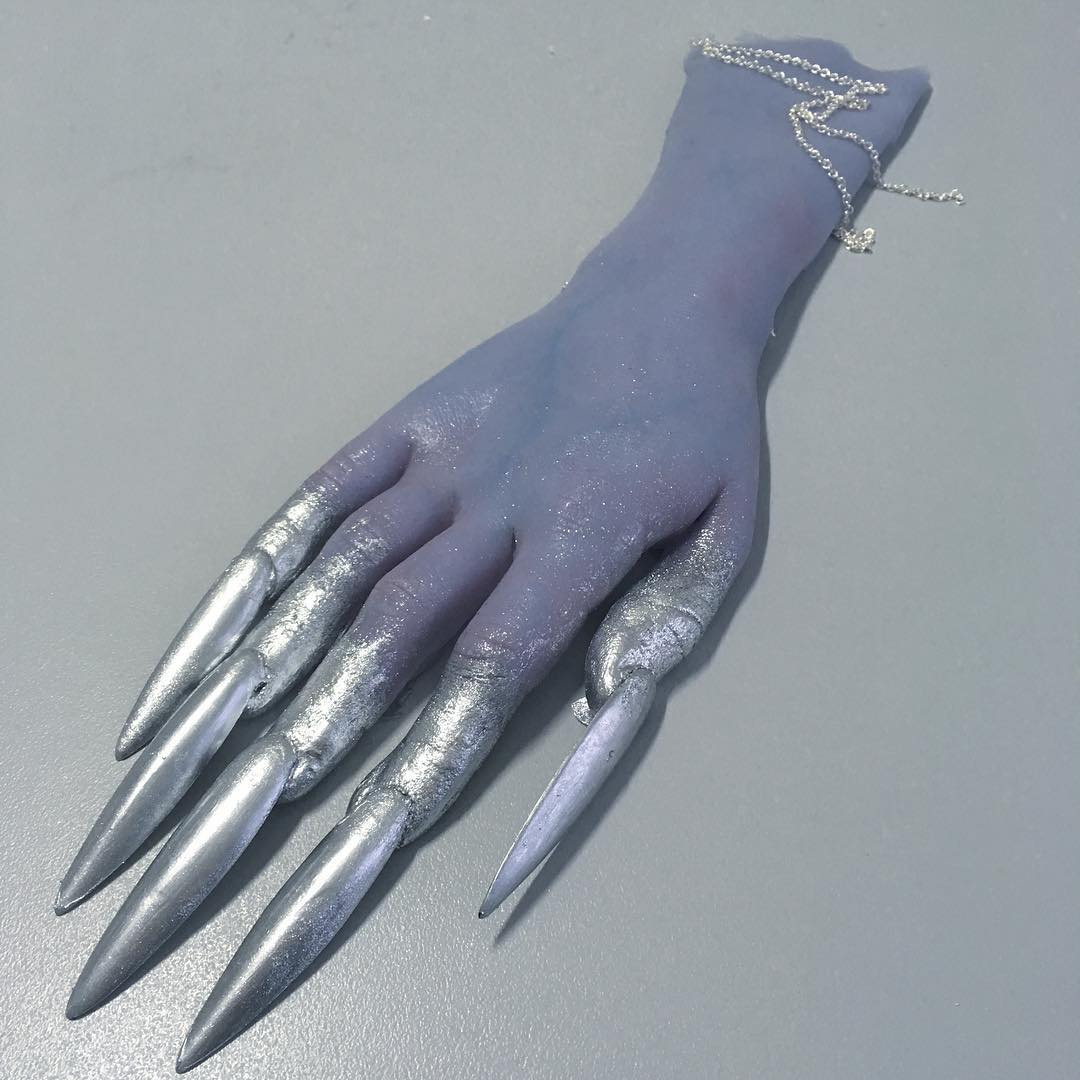
But lately it felt like I became a bit stuck in my process, and I felt I had to move on and add and embrace the techniques that didn’t feel quite suited to me before. So I’m now working hard on optimising new mold techniques I worked with over the last months and am really enjoying the process of it. In contrast to before, it now offers new possibilities and opens new doors. I think three years ago I just wasn’t ready yet to incorporate this way of working and wasn’t able to invest the expenses. I just wanted to play and try things out.
SC: What do you want to learn more about?
EW: This is going to be a boring answer, but this year for me is al about new sculpting and molding techniques. Besides that I’m also trying to incorporate more interactivity in my materials, but for that I’m collaborating with other talented designers.
Feature image: Esmay Wagemans x Gentle Monster / Images courtesy @esmaywagemans